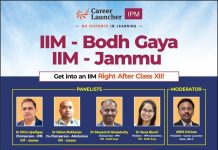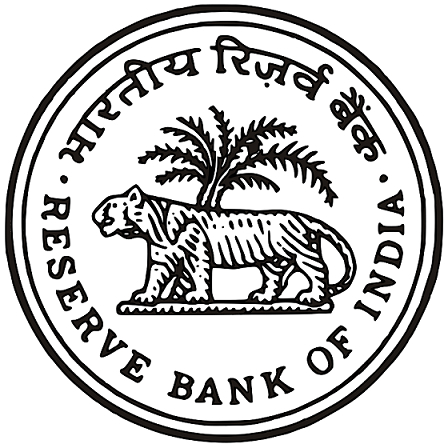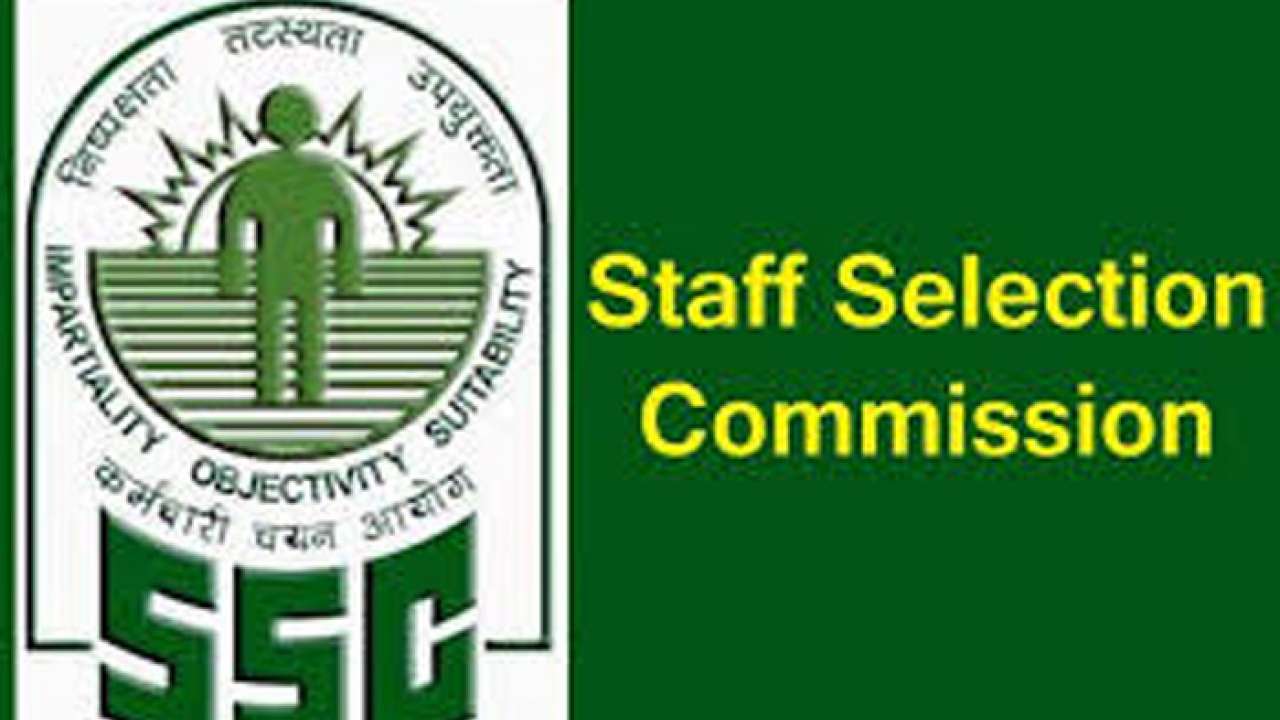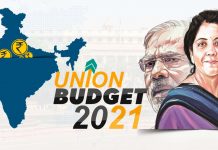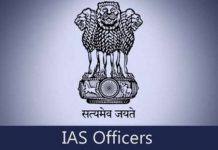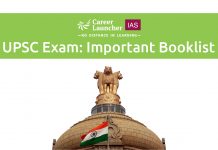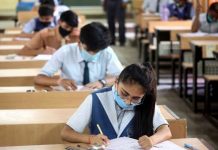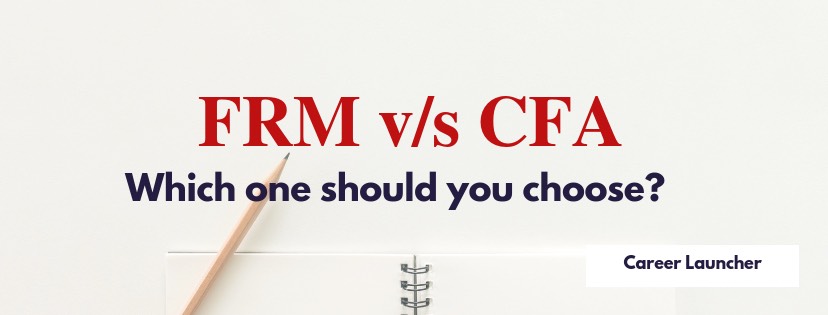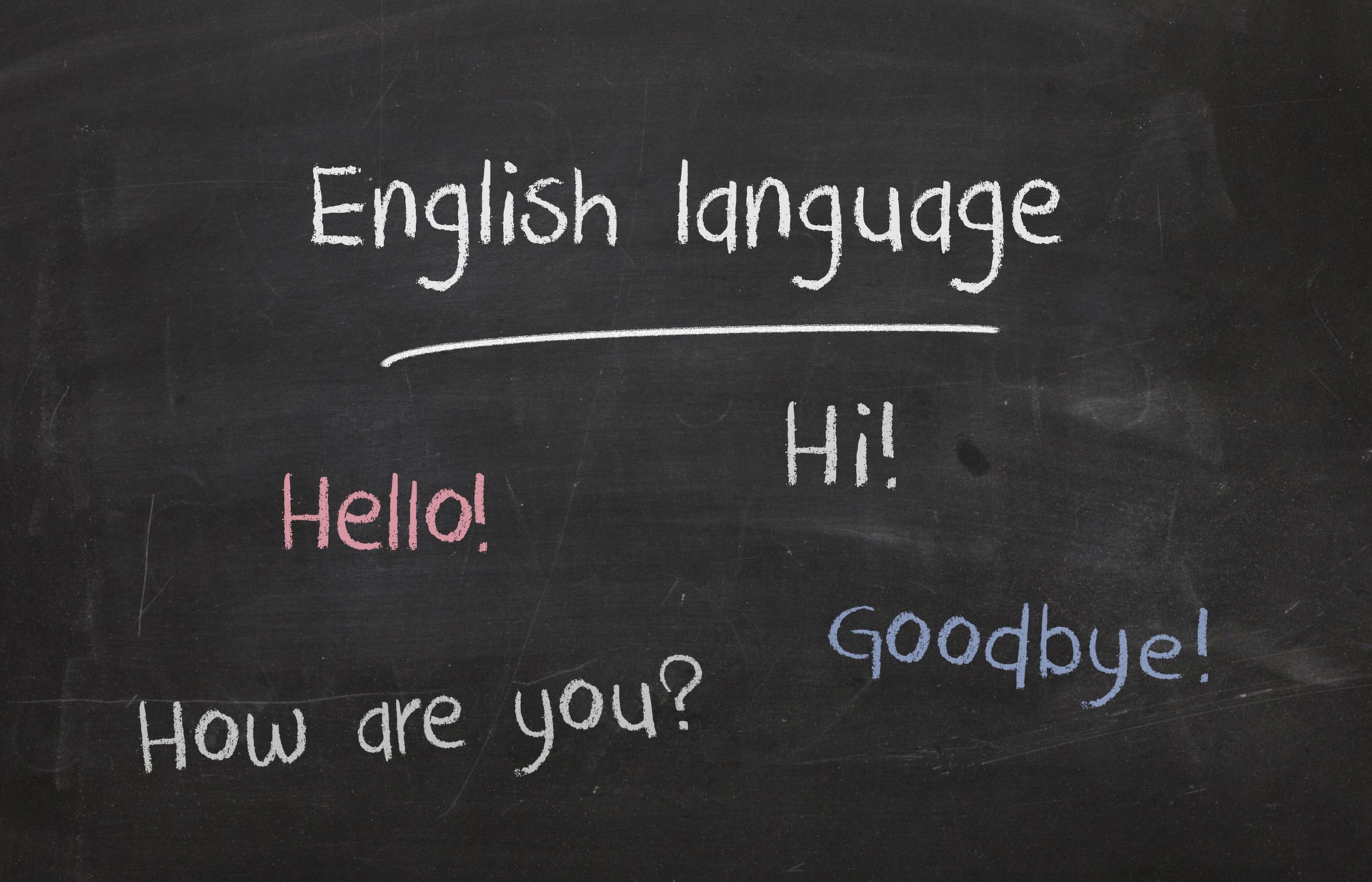When we think about banking, all we really see are the front-end employees, the ones we transact with on a daily basis. However, there is a lot more that happens in a bank which makes it tick. Today’s banks have diversified their activities and work in areas such as credit cards, consumer finance, wealth management, life and general insurance, investment banking, mutual funds, pension fund regulation, stock-broking services, custodian services, private equity, etc.
While probationary officer is a sought after initiation into banking sector for scores of graduates,  IBPS, SBI or RBI and a host of other financial institutions also look for support staff who are capable of delivering the efficiency, in ever growing banking sector needs. They are termed as ‘assistants’ or ‘clerical staff’.
The job profiles do demand work ethic, customer focus and hunger for success. Dedicated and efficient work can definitely open the doors for growth in the banking space and earn a managerial role.
The early part of the journey as bank assistants or clerical staff will include –
Front office Assistant –
- Explain, advise on and promote bank products and services to customers
- Responsible for bringing in new customers and boosting the bank’s profits.
Book-keeping Assistant : Taking care of records for each customer’s account.
- Initiate and open new bank accounts.
- Answer inquiries regarding checking and savings accounts and other bank related products.
- Receive and count working cash at beginning of shift.
- Accept cash and cheques for deposit and check accuracy of deposit slip.
- Identify bank customers, validate and cash checks.
- Process cash withdrawals.
- Perform services for customers such as ordering bank cards and checks.
- Attempt to resolve issues and problems with customer’s accounts.
Interest Assistant : Recording interest owed to saving accounts customers and interest owed to the bank from loans and other investments.
Statement Assistant : Preparing the monthly balance sheets of checking account customers.
- Record all transactions promptly, accurately and in compliance with bank procedures.
- Balance currency, cash and checks in cash drawer at end of each shift.
Exchange Assistant : Working on international accounts, translating foreign currency
- Perform specialized tasks such as preparing cashier’s checks, personal money orders, issuing traveler’s checks and exchanging foreign currency.
Loan Assistant: Recording and organising loan information.
- Receive and verify loan payments, mortgage payments and utility bill payments.
Security Assistant: Recording, filing and looking after stocks, bonds and other investment documents.
As you grow with performance you may be even asked to –
- Create and analyze management information and reports, which are sent to branch staff and also to the head office
- Interact with local chambers of commerce, development agencies, solicitors, accountants etc
There are various other clerical roles you could be involved in as a bank clerk to help keep the bank in order. Just like any other business, banks need help with general tasks, such as data entry, filing, mail handlers, and messengers.
Remuneration – Pay scales
In the Indian Banking Sector, according to AIBEA (All India Bank Employees Association) –
With effect from 1st May 2010, the scales of pay shall be as under:
Clerical StaffÂ
The basic salary range is between Rs. 7200 – 19300; The initial take home salary would range between 13,000 -16,000, depending on qualification and experience. The growth trajectory is given here..
7200 – 400/3 – 8400 Â – 500/3 – Â 9900 – Â 600/4 Â -Â 12300 – 700/7
– 17200 – 1300/1 – 18500 – 800/1 – 19300 (20 years)
Note:
(a) Fitment in the new scales of pay shall be on a stage-to-stage basis.
(b) There shall be no change in the dates of annual increments because of the fitment.
RECRUITMENT
Institute of Banking Personnel Selection is vested with the responsibility of recruiting the clerical staff too, just the way they do for probationary officers, for all nationalized banks except for State Bank family (done by SBI) and Reserve Bank.
IBPS CWE (Clerical)
The IBPS (Institute of Banking Personnel selection) also conducts the Common Written Examination for recruitment of Clerks for 19 Public Sector banks and Regional Rural banks.
Eligibility
Any graduate within the age group of 20 to 28 years is eligible for the CWE. For candidates from reserved categories, relaxation in the upper age limit is available.
Written Test Pattern
This 2-hour test consists of 200 questions (1 mark per question, 1/4th negative marking for wrong answers) – 40 each from Reasoning, English Language, Numerical Ability, General Awareness and Computer Knowledge.
Selection Process
All candidates who aspire for clerical posts need to appear for the CWE (Clerical) and secure the minimum qualifying marks (or higher) in order to get their scorecards. After getting their scorecards, candidates must apply to the various banks that they are interested in. Each bank may then conduct further selection processes, such as Group Discussion, Interviews, etc., separately.
SBI Clerical Exam
SBI’s selection process for clerical positions consists of written tests (first phase) and Group Discussions/Interviews (second phase).
Eligibility
Candidates who wish to appear for SBI’s clerical exam must be within the age group of 18 to 28 years. For candidates from reserved categories, relaxation in the upper age limit is available. Further, candidates must have passed 12th Boards with at least 60% marks or must be graduates.
Written Test Pattern
The objective test is of 135-minute duration (2 hours and 15 minutes) and consists of 200 questions (1 mark per question, 1/4th negative marking for wrong answers) – 40 each from General Awareness, General English, Quantitative Ability, Reasoning and Marketing Aptitude & Computer Knowledge.
Selection Process
The final merit list for each category is arrived at after aggregating the marks of Written Test, Group Discussion and Interview.







